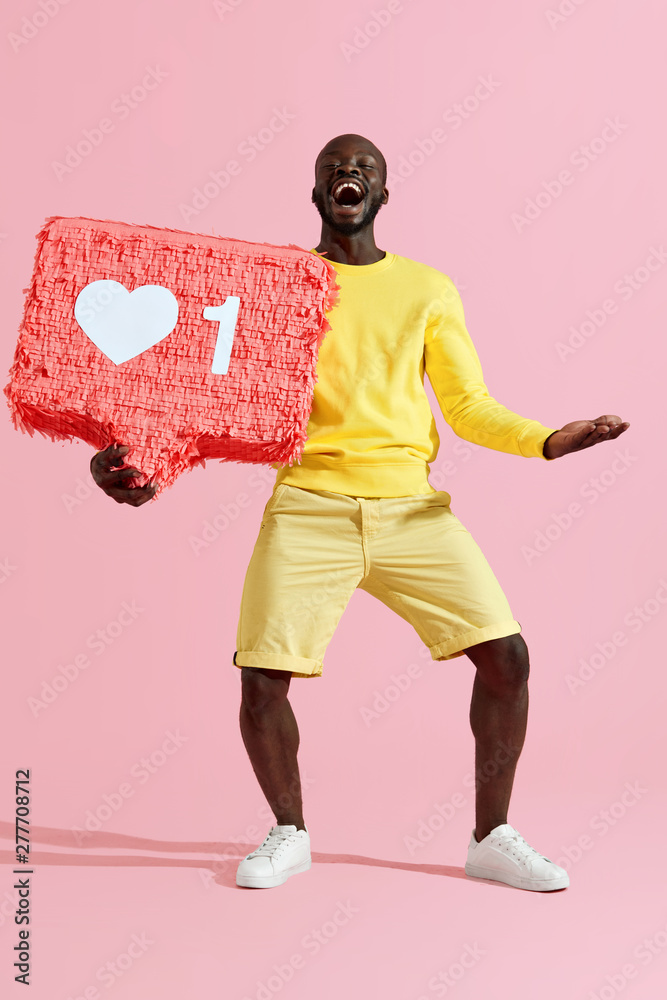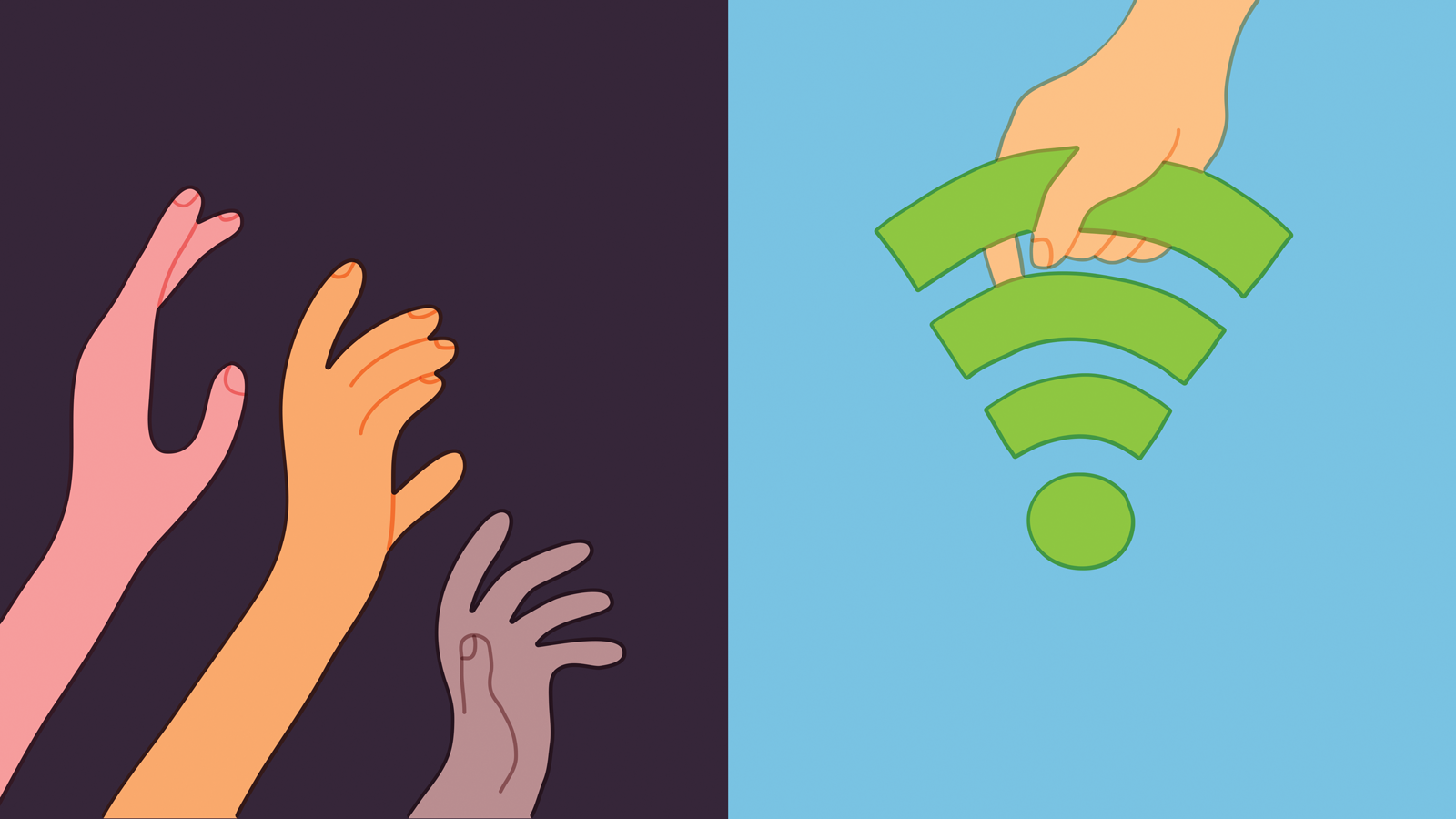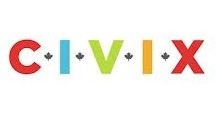I’m not sure I can actually summarize everything that I have learned over the last semester when it comes to digital citizenship and media literacy. I was a total noob and still kind of am, but at least now I am aware that I know nothing and will embark on a lifelong adventure of forever trying to understand the online world.
I am so grateful that I took this course as it has been invaluable to me as a teacher and a parent, and my future career as an educational leader. Not only do I understand the utmost importance of teaching our students to be responsible digital citizens, but I see now how mis- or disinformed so many of us are. My key take aways, that are shared in my Never Have I Ever version Canva presentation are as follows:
Never Have I Ever …
- Posted pictures of my kids/students online.
One of the first articles Alec shared with us spoke about “sharenting” or parents sharing photos and videos of their children online. The article quoted a spokeswoman for the National Society for the Prevention of Cruelty to Children saying “Each time a photo or video is uploaded, it creates a digital footprint of a child which can follow them into adult life. It is always important to ask a child for their permission before posting photos or videos of them.” I had never before considered asking my children for permission to post images of them online, nor that I had already begun creating their digital footprint since the day they were born. After learning about Ribble’s 9th element, digital security and privacy, I realize now that posting media of my children is a breach of their privacy and trust. This also touches on digital etiquette and the moral and legal sides of sharing media without people’s approval or consent.
- Had students or myself been unable to do schoolwork due to lack of internet or devices.
Digital access has become a huge topic of conversation since lockdowns began for the pandemic. It really laid clear the “haves” and “have nots” when it came to having access to the internet and technology that would allow students and teachers to learn and teach remotely and electronically. In one of my blog posts, I discuss the connection between the digital divide and inclusion in schools. Including more technology in the classroom is excellent, but it could come at a cost for students and staff that are unable to do the work at home. Schools have a responsibility that students who do not have digital access at home are not expected to perform tasks requiring it for homework. Governments have a responsibility to bridge the digital gap and ensure equality for all.
- Taught digital citizenship and literacy in my classroom.
I still have yet to officially begin teaching digital citizenship and media literacy in my classroom. I have learned so much over the last semester and look forward to implementing this into my teachings. I really enjoy Mike Ribble’s 9 elements if digital citizenship as it helps to break down the key learnings involved. The progression chart provided on the website is indispensable in creating a curriculum-type plan for each of the grades. We have looked at several different resources available to teachers to incorporate these lessons into their classrooms, including Common Sense Media, CIVIX, and Media Smarts. The article “The challenge that’s bigger than fake news” says “It’s critical that students know how to evaluate the content that flashes on their screens”. Throughout this semester, I have been questioning why we, as teachers, have not been given the proper training to teach digital citizenship and why it is not mandated that we teach it in our classrooms. If nothing else, this course has taught me the utmost importance of teaching these skills to our kids and students.
I’m sure we have all shared fake news at one point in time in our lives, but it seems to be spreading as quickly as the coronavirus. People find online media that supports their beliefs and not necessarily the facts and share them without looking into it or doing any type of research. This epidemic all stems from a lack of education on the rights and responsibilities of using media. The term “digital native” may seem to refer to someone who knows everything there is about the online world, but people need to be taught how to be responsible online citizens. The article Fighting Fake News in the Classroom explains that“The amount of information at their fingertips leaves educators with a huge task of helping students navigate the world of media.” Educators are responsible for the task of teaching students how to critically analyze media by using different techniques such as lateral reading and checking sources.
- Wasted hours scrolling TikTok.
Now that I have landed in an algorithm on TikTok that actually interests me, I am beginning to understand how my kids and students can spend hours scrolling through different videos – it’s really no different than me binge watching Yellowstone. Time flies when you’re having fun. I have gone to quickly check TikTok only to realize a ½ an hour had passed in what seemed a matter of minutes. This addiction or inattention to the fact that we are losing so much time online is reflected in the health and welfare of today’s society. It is imperative that students are taught that their online and offline lives are indeed one and the same, and how to navigate them in a safe and healthy way. Online media can indeed be helpful in our offline lives, but students need to be aware of the health risks of spending too much time online, and the effect it could have on their offline relationships. Sherry Turkle, in her TED talk speaks about people being “alone together”. So often, we see people, not just students, with others, but not, because they are in their virtual lives on their phones. Teaching our students the value of both their online and offline lives is critical to their health and development.




